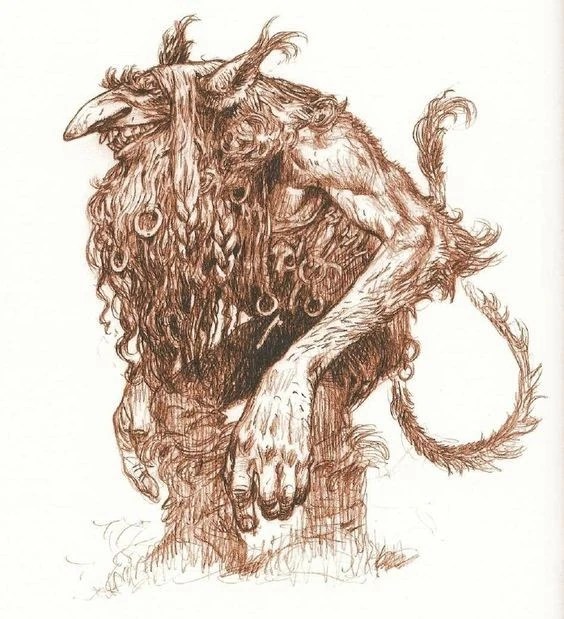Folklore Icelandic Trolls Herunterladen

An enormous black cat prowls iceland on christmas eve and eats anyone who doesn t follow this simple rule.
[64] Folklore Icelandic Trolls . A troll is a being in norse mythology and scandinavian folklore in old norse sources beings described as trolls dwell in isolated rocks mountains or caves live together in small family units and are rarely helpful to human beings. Old icelandic folklore states that every icelander must receive a new piece of clothing for christmas or they will find themselves in mortal danger. Many of iceland s unique natural features are attributed to the actions of trolls like naustahvilft.
In icelandic folklore gryla is known to eat children. Habitually described as big stupid and greedy but sometimes kind and wise the trolls of day and night occupy an immense portion of icelandic folklore. Whilst the physical appearance of the troll may differ from one tale to another it is generally agreed that they are huge and ugly.
The majority of icelanders believe in or at least refuse to the deny the existence of elves trolls and other hidden beings. According to icelandic folklore these pillars actually used to be trolls. Quite an unsettling troll indeed and the reason why most children behave well in december.
Another creature from scandinavian folklore that many would be familiar with is the troll. Everywhere you look in iceland evidence of trolls can be found at least according to folklore. Their great size however is not matched by their intellectual capacity and they are often seen as slow and stupid.
According to icelandic folklore trolls lived in the mountains and only came down from them to forage for food. The reason is of course perfectly clear. Trolls can only survive in the darkness of night guess they just stayed home for the endless daylight in summer then and if they were caught in the sunlight they would immediately turn to stone.
Later in scandinavian folklore trolls became beings in their own right where they live far from human habitation are not christianized and are considered. Many trolls lived in the remote mountains of the island and came down to forage for food. Icelandic and faroese folklore several scholars have commented on the connections between hidden people and the icelandic natural environment.
Benedikz in his discussion of jón árnason s grouping of folktales about elves water dwellers and trolls together writes. Trolls thrive in rocky and mountainous terrain around craggy outcrops and lava fields. Cut off from the rest of the world for centuries icelanders developed a rich storytelling tradition and stories about elves and hidden people are still part of their heritage today.


































































































